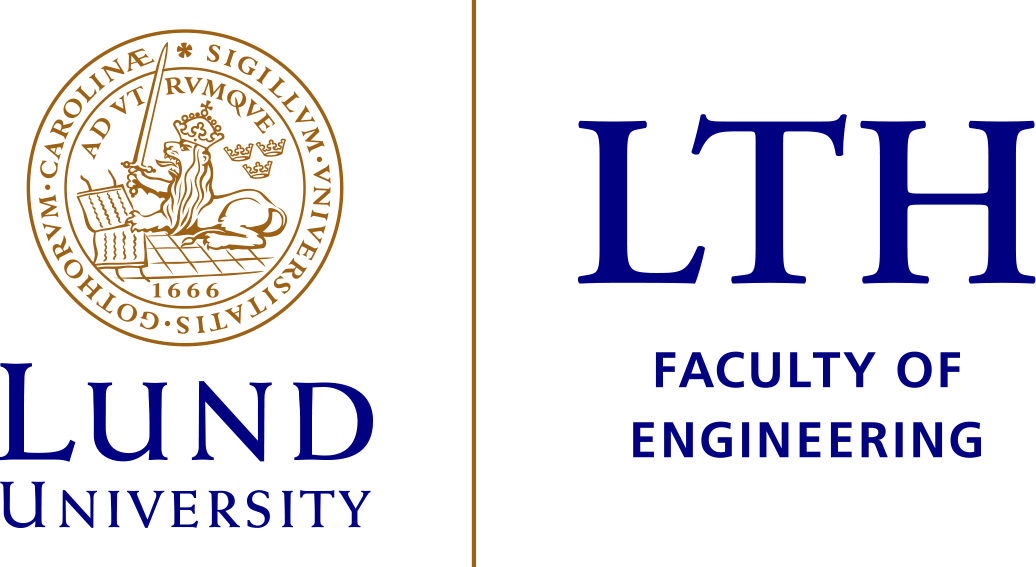Arvid Åkerblom and Christer Fureby
Division of Heat Transfer, Dept. of Energy Sciences, Lund University, Lund, Sweden
Niklas Zettervall
Weapons, Protection and Security, Totalförsvarets Forskningsinstitut FOI, Stockholm,
Sweden
Presented at AIAA SciTech 2024 Forum
https://arc.aiaa.org/doi/abs/10.2514/6.2024-0179
Abstract
Alternative jet fuels can be radically different from conventional fuels in composition, and the consequences of these differences are a subject of ongoing research. Numerical combustion simulations are vital to this research, and require chemical reaction mechanisms that accurately capture the chemical pathways of combustion. For turbulent combustion, these mechanisms must also be compact and efficient. Here we present the recently developed Z79 collection of small pathway-centric reaction mechanisms for n-heptane, Jet A, JP-5, and two alternative jet fuels referred to as C1 and C5. A novel ethanol mechanism, labeled Z74, is also presented. All mechanisms are validated for laminar burning velocities and ignition delay times, capturing these key parameters for a range of initial gas temperatures and equivalence ratios. All Z79 mechanisms, and the Z74 mechanism, match both experimental data and simulation results from more complex mechanisms for a low computational cost. The mechanisms are also validated in Large Eddy Simulations (LES) of a turbulent premixed bluff-body flame. Here, the Z79 mechanisms for heptane, Jet A, and C1 match available experimental data well, whereas the Z74 mechanism overpredicts the flame diameter. For JP-5, C5, and ethanol, the Z79 and Z74 mechanisms make significantly different predictions compared to reference mechanisms.

